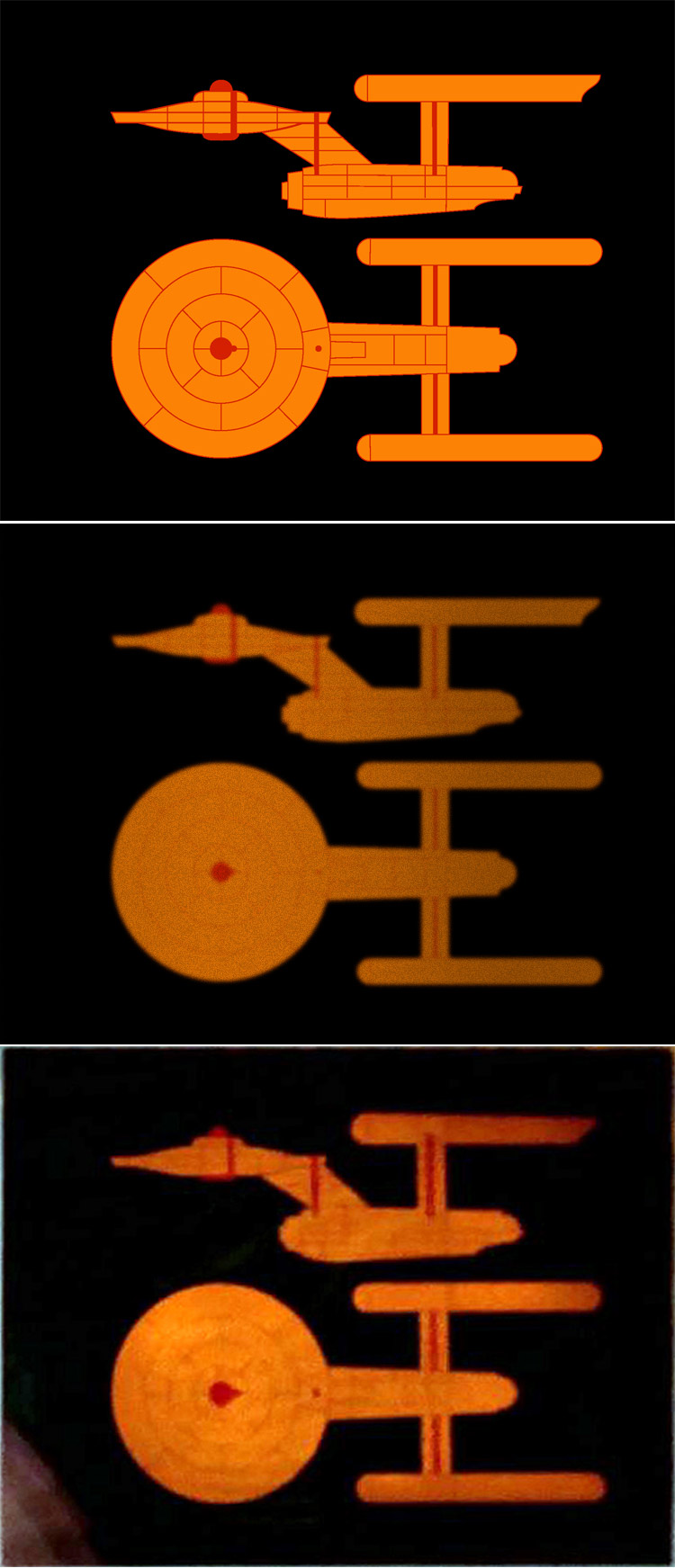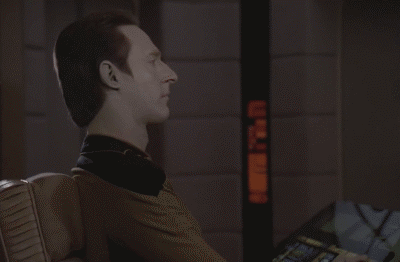Some of the things you are pointing out actually have precedent in Star Trek, so I don't agree with everything you said; for example telepathic links across interstellar distances were depicted a couple of times in the TOS era specifically.
But your general point I do agree with; the galaxy feels very empty of interesting things, and world building. Star Trek isn't a lonely sub-light sci-fi setting like The Expanse. If you look at say the opening 5 minutes of TOS:
"The Trouble with Tribbles", the feel that is built, is that the galaxy has history, depth, geography, etc. A lot of modern sci-fi seems to suffer from this world-building problem, which is really strange to me considering how little technology the likes of
Stargate SG-1,
Farscape,
Babylon 5 and
Star Trek had to work with in the 90s, yet managed to create hugely interesting living and breathing settings. We are back to Doctor Who and rock quarries in many modern sci-fi shows. Another example of this was Stargate Universe and Battlestar Galactica, where the only places they ever landed were unexotic, full of gravel, and of grey hue.
We haven't hardly visited any planets; the ones we have visited are strangely empty.
If I was looking for a word to describe the planets of Discovery, Universe and Galactica, I would say "unimaginative".































